River class destroyers (1903)
UK Royal Navy (1902-1921) E class: 34 ships. The 34 Royal Navy “river” class destroyers were the first built with…
Djibouti Navy
Weekly Fleet ! Djiboutian Navy (and Naval Base hub): The country gained independence in 1977 and is strategically located. Albeit…
Kashin class destroyers (1964)
Kashin class destroyers (1964) Project 61: 20 Missile Destroyers: Komsomolets Ukrainy, Soobrazitelny, Provorny, Odaryonny, Obraztsovy, Otvazhny, Steregushchy, Krasny Kavkaz, Reshitelny,…
Gloster Sea Gladiator (1938)
RNAS/FAA 1938-40: 98 built. The Gloster Sea Gladiator was a naval variant of the Gloster Gladiator, a British biplane fighter…
Warrior class armoured cruisers (1905)
HMS Warrior, Achilles, Cochrane, Natal (1904-1907) in service until 1921 A brand new scale for cruisers The Warrior class were…
1934 Type Destroyers
Nazi Germany: Z1 Leberecht Maas, Z2 Georg Thiele, Z3 Max Schulz, Z4 Richard Beitzen (1934-1945) The 1934 Type destroyers (Zerstörer)…
Boyarin (1901)
Russian Empire, 1902-1904 Boyarin (“Nobleman”) was a protected cruiser of the Imperial Russian Navy. She was the only foreign built…
HNLMS Karel Doorman
Koninklijke Marine Aircraft Carrier 1948-1968 Dutch National Day ! HNLMS Karel Doorman (R81) was the only cold war Dutch aircraft…
Barracuda class submarines (1925)
USN (1923-26)- USS Barracuda, Bass, Bonita (V-1, 2, 3, later SS-163-164-165) To start a new deep dive into US Navy…
Vitoria (1865)
Spanish Broadside Ironclad (1864-1912) In its rapid expansion program, the Spanish Navy (Armada) chose to order it’s first ironclad in…
Naval Encyclopedia
Naval Encyclopedia provides a one-stop place for everything related to naval warfare through ships classes, going back to antiquity to the present day, with particular focus on WW1, WW2 and the cold war, with weekly articles and new fleets every month. This is a long endeavour, with future entries in opacity both in the top and side menus. Naval encyclopedia also goes through some civilian aspects (clippers, liners, oil platforms, naval tech in general) and battles/tactics as well.
 About Naval Encyclopedia
About Naval Encyclopedia
Naval Encyclopedia is the first online warship museum. She was laid down in St Nazaire Yard back in September 1995, launched in December 1996 and completed in March 1997, with 1000+ crew for now, and counting. Dedicated to the history of all ships of the industrial era and 20th century, so 1820 to 1990, but also earlier times. The main difference for this early period is to study ships types through some famous examples. After her last refit in 2023, the present ship has been repainted anew, modernized and made more appealing, ready for even more extensive service, hopefully staying in the current state for the next five years of service. Further improvements will be made if practicable. Numerous additions over the years also led to a complete machinery overhaul, new steam turbines and propellers.

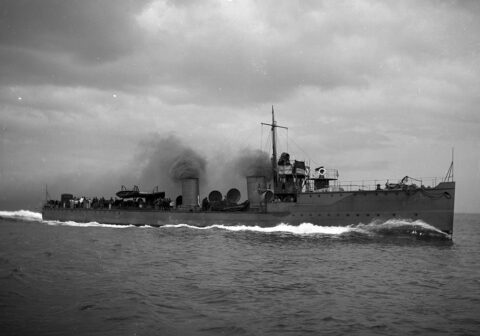

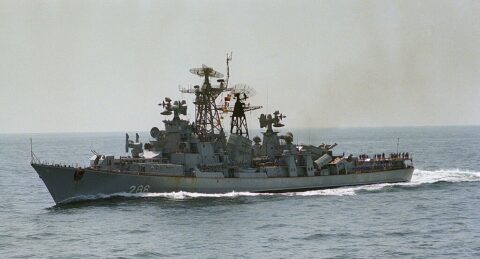
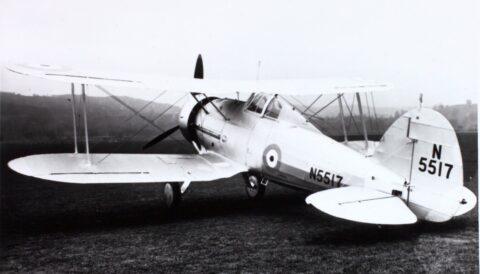
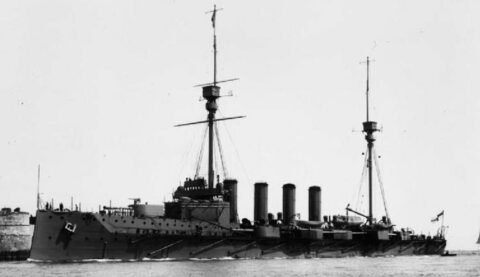
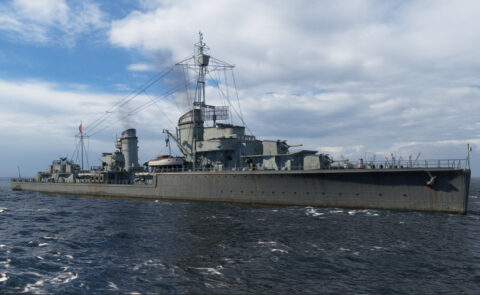
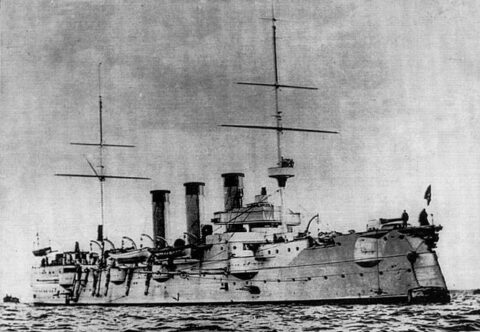
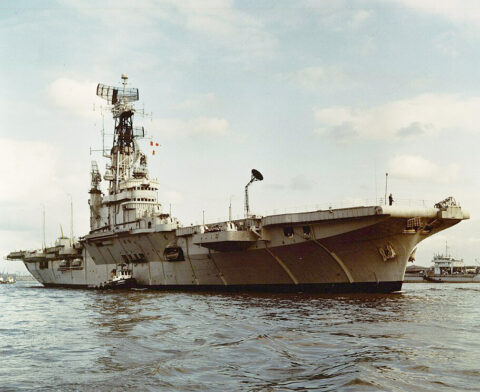
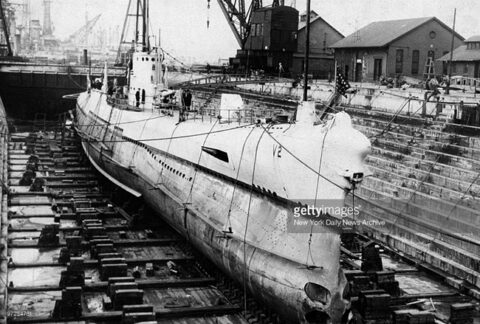
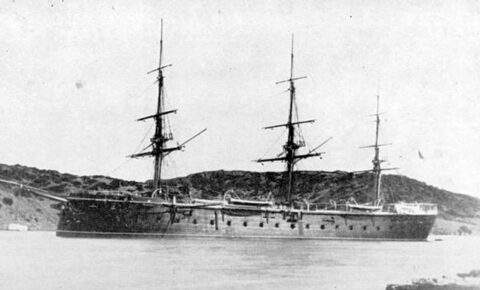
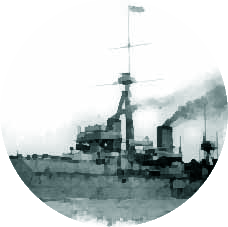
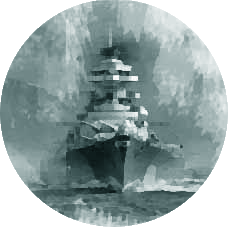
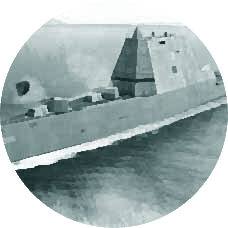



 dbodesign
dbodesign